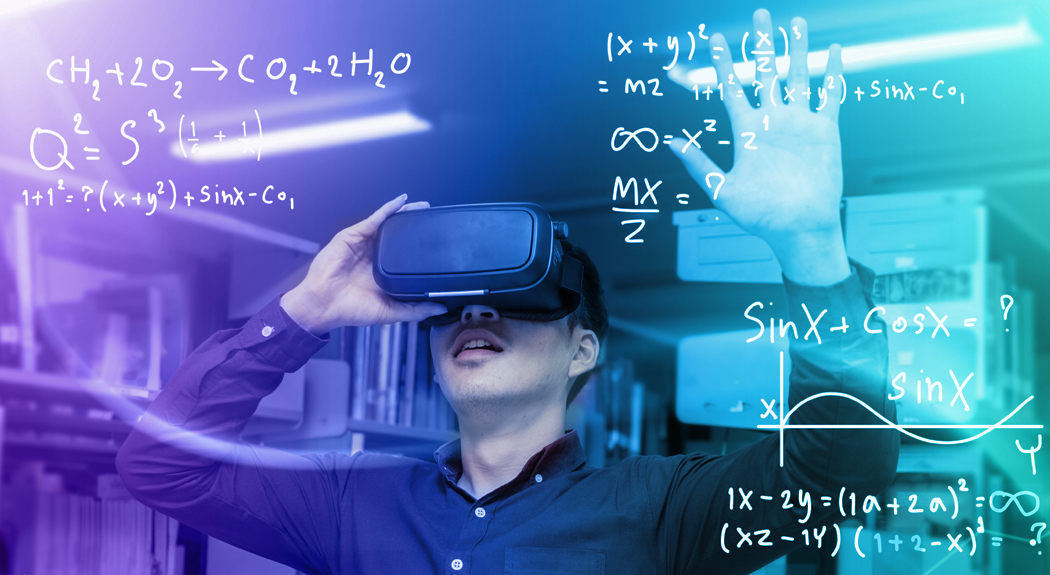Cyber security has become a crucial worry for both individuals and organisations in today’s increasingly digital environment. The techniques used by cyber criminals to break into digital networks and steal sensitive data have advanced alongside technology. Innovative solutions are required to counteract these changing risks, which is where augmented reality (AR) and virtual reality (VR) come into play.
Many industries, including entertainment, gaming, education, and healthcare, have already seen substantial adoption of AR and VR technologies; these have equal promise in the field of cyber security. Cyber security experts can develop immersive and interactive experiences that improve threat detection, secure communication and data protection in digital settings by utilising the capabilities of AR and VR.
What are augmented and virtual reality?
Augmented reality is a technology that overlays virtual elements, such as graphics or information onto the real world, enhancing the user’s perception and interaction with their environment.
Virtual reality, on the other hand, is a computer-generated simulation that immerses users in a completely artificial environment, typically experienced through headsets, providing a sense of presence and interaction in a virtual world.
How can AR and VR be used in threat detection?
Threat detection is one of the main uses of AR and VR in cyber security. Traditional security systems rely mainly on labour-intensive, subject to human error, manual monitoring and analysis. However, with AR and VR, real-time threat visualisation is possible.
This makes it easier for security employees to see potential breaches and take appropriate action. They will get a thorough grasp of the digital landscape via augmented overlays and virtual simulations, detect vulnerabilities, and act quickly to reduce hazards.
Another area where AR and VR can have a big impact is secure communication.
Traditional communication methods can be intercepted and subject to unauthorised access. Secure communication protocols can be built by utilising AR and VR, enabling users to share private information in virtual spaces that are extremely resistant to data breaches and eavesdropping. These immersive communication tools add an extra degree of security by guaranteeing the confidentiality of important information and the safety of online chats.
A crucial component of cyber security is of course data protection; AR and VR technologies provide special solutions in this regard. Cyber security experts can carry out extensive tests and vulnerability evaluations by building virtual simulations of digital environments. They can then take the necessary security precautions to reinforce such systems, apps, and networks by proactively identifying their weaknesses. In addition, phishing scams, device security, and correct data handling procedures may all be taught to people via AR and VR to train them in data protection best practices.
As a result, the application of AR and VR technologies to the security of digital environments has enormous promise. Enhanced danger detection, secure communication and data protection are all made possible by these immersive technologies. Cyber security experts can protect sensitive information in an increasingly linked environment by utilising AR and VR to stay one step ahead of attackers.

Leave a Reply